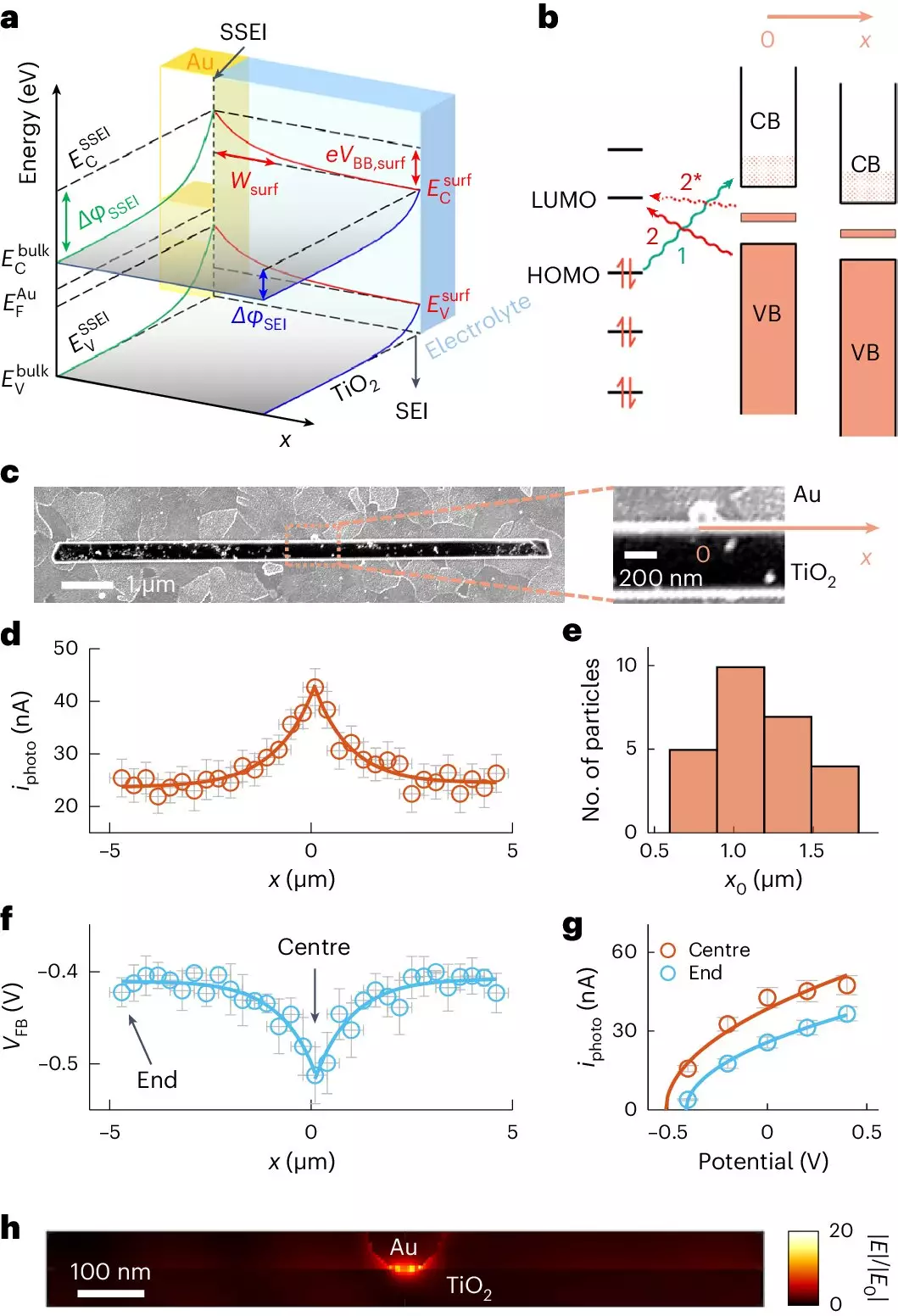In recent decades, the increasing presence of micropollutants—harmful substances like pesticides and trace chemicals—has posed significant challenges to environmental sustainability. These compounds, often released by agricultural runoff and industrial processes, linger in our waterways, posing risks to both aquatic ecosystems and human health. Traditional methods of remediation have been limited in efficacy, prompting researchers to explore innovative solutions that align with the growing need for green technology. The emergence of photocatalysis, particularly through the use of nanotechnology, holds great promise for combatting this dire situation.
Photocatalysis: A Breakthrough in Environmental Science
Photocatalysis harnesses the power of light—specifically sunlight—to facilitate chemical reactions. At its core, this process relies on semiconducting materials that can absorb light energy, which is then utilized to break down toxic pollutants. A significant advancement in this field has been the development of using titanium dioxide (TiO2) enhanced with metal nanoparticles like gold. This combination optimally balances efficiency and effectiveness, demonstrating how a seemingly simple pairing can yield transformative results for environmental cleanup.
Recent breakthroughs from Cornell University have shed new light on the mechanics of photocatalysis. A research team, led by Professor Peng Chen, utilized an advanced optical imaging technique known as adCOMPEITS to delve deeper into how these processes occur at the molecular level. This innovative method allowed researchers to visualize the behavior of molecules as they interact with the semiconductor, revealing insights that could revolutionize our approach to pollution remediation.
The Power of Gold Nanoparticles
The role of gold nanoparticles in enhancing the photocatalytic process can be attributed to their unique electronic properties. The Cornell team’s research demonstrated that gold significantly improves the adsorption of pollutants onto the TiO2 surface, extending the effective range of this adsorption beyond what was previously thought feasible. While one might assume that improvements would be localized around the nanoparticle, their findings revealed an astonishing effect that reached several micrometers away—ten times farther than expected.
This phenomenon can be traced back to “surface band bending,” a change that occurs at the atomic level when gold nanoparticles are present. This bending affects the energy states of the TiO2, leading to an exponential decay in its influence over larger areas. Such discoveries emphasize the importance of understanding the nanoscale interactions at play, as they could hold the key to making photocatalysis more effective against micropollutants.
Applications Beyond Environmental Cleanup
While the primary focus of this research is to tighten the clamp on micropollutants infiltrating our ecosystems, the implications of this technology stretch far beyond environmental cleanup. The principles of photocatalysis and nanotechnology can be extended to various fields such as chemical sensing and the development of dye-sensitized solar cells. By harnessing the fundamental mechanisms identified in this research, we could usher in a new era of green technology that provides efficient energy solutions while simultaneously addressing critical environmental issues.
Illustrating the versatility of this approach, Professor Chen stated, “This long-range enhancement should be broadly applicable.” The promise of such applications is not just a scientific curiosity; it offers a practical avenue for everyday solutions to pervasive global challenges, from energy crises to pollution management.
The Future is Bright: Sustainable Solutions Ahead
The research emanating from Cornell’s laboratories signals an optimistic turn in the narrative surrounding environmental remediation technologies. By unraveling the complexities of photocatalysis enhanced by gold nanoparticles, scientists are one step closer to an efficient, effective, and scalable solution for tackling micropollutants in wastewater. Such innovations remind us that nature often holds the answers to our pressing problems, and with the right tools—in this case, the clever application of nanotechnology—an eco-friendly future isn’t just a dream; it’s rapidly becoming a reality.

